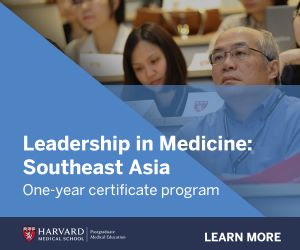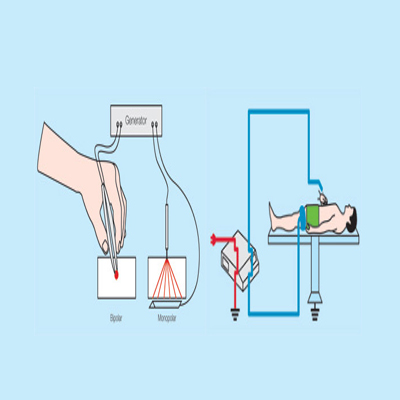Prescribing More Exercise Instead Of Medication For Cancer Patients

Exercise is known to be an effective way to reduce the risk of some cancers, but what about exercise as a way to rehabilitate cancer patients?
In the United States, a 2008 study conducted by the Centres of Disease Control and Prevention confirmed that exercise is beneficial to cancer patients, reducing mortality from breast cancer and the risk of recurrent breast cancer by approximately 50 percent*.
According to a meta-study entitled **Exercise in Cancer which was published in the April to June 2009 issue of Indian Journal of Medical and Paediatric Oncology, physical exercise has the ability to attenuate the effects of cancer. Exercise also helps cancer survivors cope with and recover from the side effects of treatment and may improve the health of long-term cancer survivors. There is also sufficient evidence to promote exercise in cancer survivors following careful assessment and tailoring of exercise prescription.
However, in spite of increasing evidence, many healthcare providers have yet to integrate exercise as an essential part of treatment for cancer. Organisations such as the United-States based Exercise Is Medicine (EIM) were founded to make more healthcare practitioners aware of the scientifically proven benefits of physical activity and to ensure that prescribing exercise became a standard protocol not only in the United States but also around the world.
Launched in Changi General Hospital in 2011, the Singapore chapter of EIM is campaigning for healthcare providers to either prescribe physical activity to patients or to refer patients to certified health and fitness professionals to get a physical activity prescription. The Singapore chapter also aims to put in place a framework for allied health and fitness professionals to work with physicians in implementing exercise plans for their patients.
However, integrating medical treatment with an exercise regimen for cancer patients has its challenges. Dr Benedict Tan, Chairman for Exercise is Medicine Singapore (EIMS) reveals, “When we asked healthcare practitioners why they were reluctant to prescribe exercise to their patients in our survey, they gave two reasons: the lack of time and the lack of confidence. Most countries — whether in Asia or in the West — suffer from a shortage of doctors which means that doctors can only spend a limited amount of time per patient. Additionally, exercise prescription is not taught in undergraduate medical school curricula, so it is not surprising that doctors cite a lack of confidence in prescribing exercise to their patients. EIMS aims to address these two main barriers by training the doctors to prescribe exercise in a quick and efficient way.”
The framework for an integrated treatment and exercise regimen allows for doctors to prescribe exercise to their patients without having to supervise them through each workout. This is where allied health and fitness professionals can support the doctor by supervising the patients through the exercise programme based on what the doctor has prescribed. Dr Tan adds, “In that way it is no different from a doctor writing a drug prescription, and the patient taking the prescription to the pharmacist to be filled.”
Health and fitness professionals can opt to undertake a credentialed programme designed by the EIMS that will give them access to the medical community as well as enjoy numerous additional benefits. In addition to having a recognised credential that allows them to work with chronic disease patients cleared by physicians to embark on an exercise regimen, certified trainers will be included in a referral list circulated to healthcare practitioners such as doctors and physiotherapists who are looking for certified fitness professionals to work with their patients.
To ensure patient compliance outside of workouts, Dr Benedict Tan recommends wearable tech. He says, “In addition to motivating the patient to exercise, wearable technology can help to quantify and monitor the exercise effort and measure the outcomes.” With telemedicine gaining momentum in hospital management systems worldwide, it’s essential that data gathered from wearable tech is fed back to caregivers so that they are able to refine the exercise programme to maximise patient benefits.
Dr Benedict Tan, who will be giving a keynote speech at the MEDICINE + SPORTS CONFERENCE on the 1st of September says, “Conferences such as this serve as platforms where gaps in healthcare can be highlighted to relevant stakeholders, so that stakeholders can be an active part of the solution, to ultimately achieve better patient outcomes.” MEDICINE + SPORTS CONFERENCE will be co-located with MEDICAL FAIR ASIA, a leading medical conference and trade exhibition in the region, at Marina Bay Sands Singapore. For more information, visit http://www.medicalfair-asia.com/
*Reduce mortality from breast cancer and the risk of recurrent breast cancer by approximately 50%. (Centres for Disease Control and Prevention (US). Physical activity for everyone [Internet]. Atlanta (GA): Centres for Disease Control and Prevention (US); 2008 [reviewed 2008 24 Mar; updated 2008 Mar 26; cited 2008 Sep 22])
** Exercise in cancer, P. Rajarajeswaran, R. Vishnupriya
Indian J Med Paediatr Oncol. 2009 Apr-Jun; 30(2): 61–70. doi: 10.4103/0971-5851.60050
PMCID: PMC2885882







